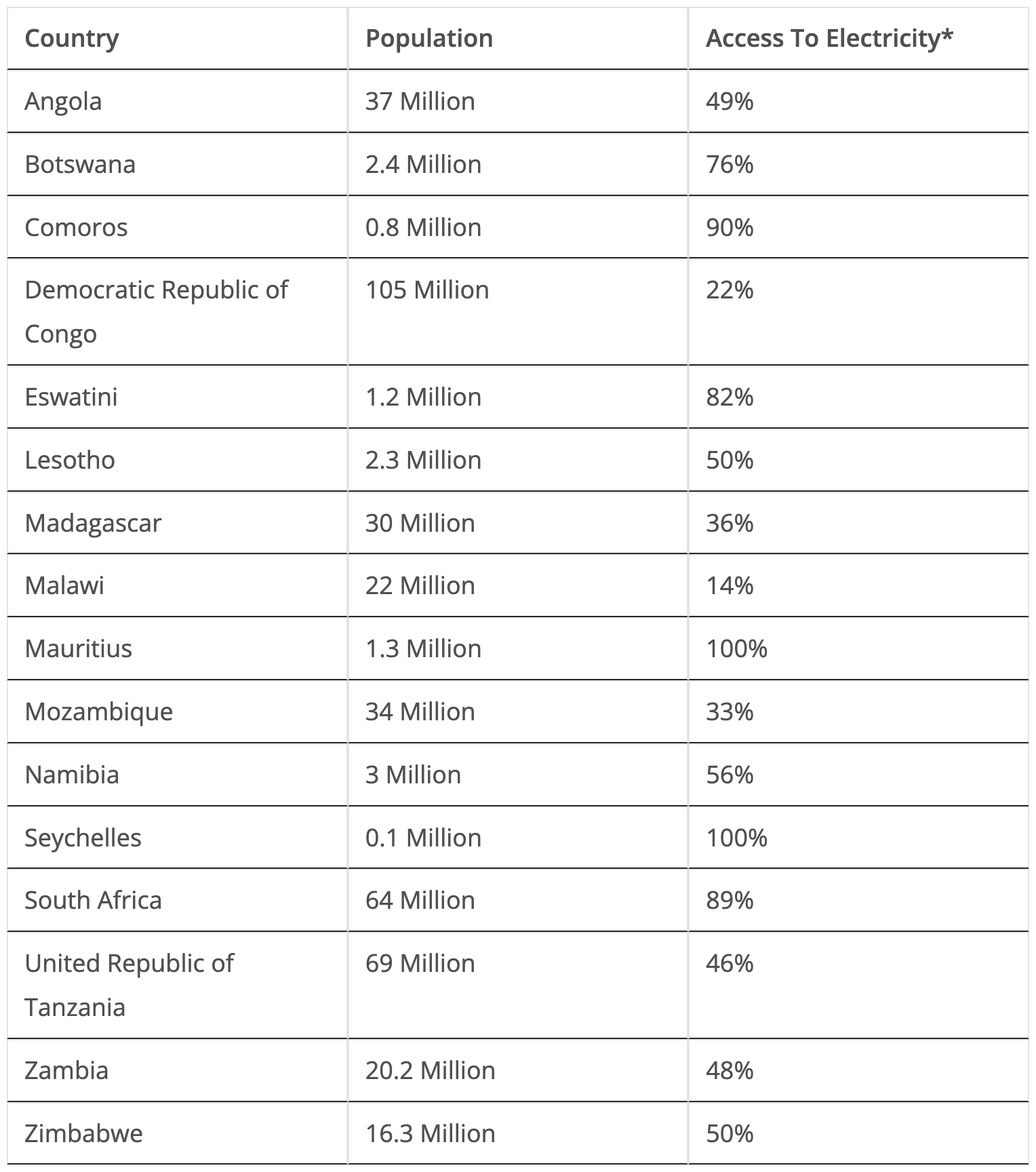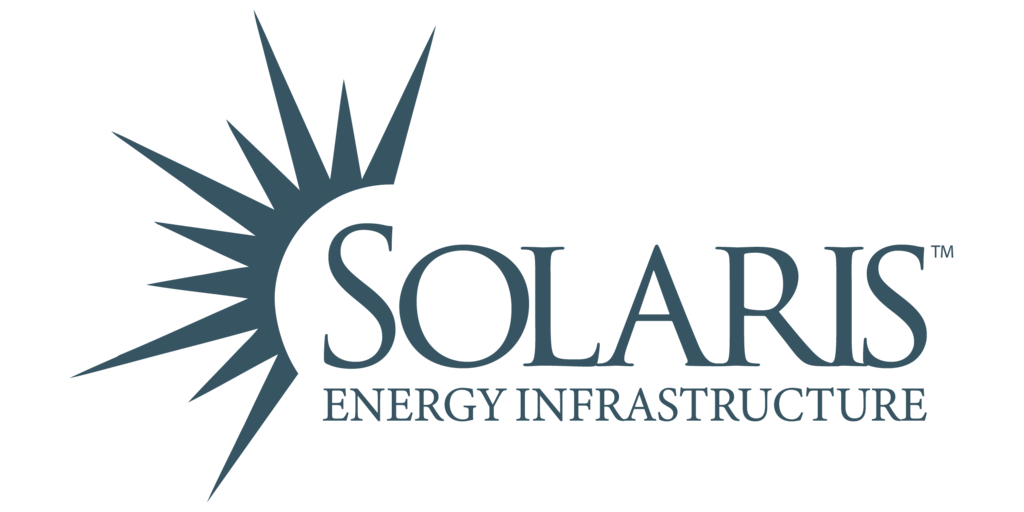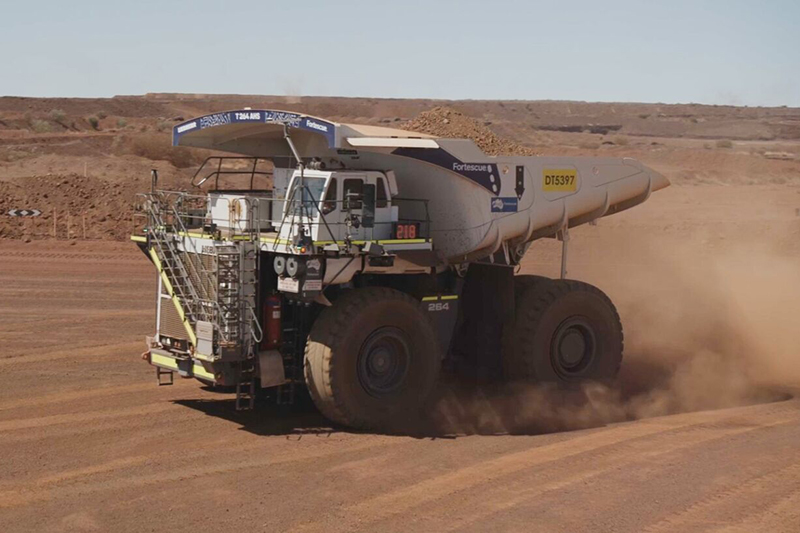Sign up for daily news updates from CleanTechnica on email. Or follow us on Google News!
There is a big Summit for the Southern African Development Community (SADC) this weekend in Harare, Zimbabwe. It is the 44th edition of this summit. Heads of state for all 16 members are expected to attend. The SADC website says: “The Southern African Development Community (SADC) is a Regional Economic Community comprising 16 Member States; Angola, Botswana, Comoros, Democratic Republic of Congo, Eswatini, Lesotho, Madagascar, Malawi, Mauritius, Mozambique, Namibia, Seychelles, South Africa, United Republic of Tanzania, Zambia, and Zimbabwe. The mission of SADC is to promote sustainable and equitable economic growth and socio-economic development through efficient, productive systems, deeper cooperation and integration, good governance and durable peace and security; so that the region emerges as a competitive and effective player in international relations and the world economy.”
This vision of sustainable and equitable economic growth will be hampered by the region’s dire electricity situation. First of all, let us look at the level of electricity access in the region:
Electricity Access In SADC

From the table, we can see that only two member states (Mauritius and Seychelles) have achieved universal access to electricity. Just 2 out of 16 is pretty bad! We can also see that both of these counties have lower populations than the majority of the member states. We can see also that only 3 more countries have achieved access rates of over 80% — these are Comoros, Eswatini, and South Africa — while 9 countries have access to electricity rates sitting at 50% and below! Malawi and the Democratic Congo have the lowest with 14% and 22% access, respectively. The equitable economic growth and socio-economic development cited in their mission cannot be achieve without decisive and accelerated efforts to increase access to electricity to the hundreds of millions of citizens of member states that still lack access to electricity.
If the region’s leaders have been paying attention to global developments, they would know that there has never been a better time to do this. A lot of progress has been made in the solar and stationary energy storage segments, with growing market shares in a lot of countries in the developed world. The incredible ramp-up of production capacity in these sectors as well as technological advancements over the past decade helped unlock efficiencies in key areas, resulting in incredible price drops in the cost of production of all the essential ingredients. This has resulted in consumers now having access to solar panels, batteries, and EVs at prices lower than ever. Solar panel prices are so low now that we hear reports that it’s cheaper to buy solar panels and use them to construct fences in some places in Europe than to use traditional fencing material! A fence that also generates clean electricity — how cool is that? You know what would be cooler? Using all this PV and battery storage to power distributed microgrids in rural areas to accelerate electricity access in the member states. The drastic drop in prices of solar panels and batteries mean that a lot less money is needed to set all this up now in all these countries than ever before. Member states can surely find the resources to get this program going.
It’s all about prioritisation of resources. Resources could be channelled to help with this electrification drive, or at least help start a seed fund and attract private players to join in as well, provided an enabling environment for sustainable and viable projects for investors is created and supported.
For minigrids and microgrids, one of the major hurdles identified by the Africa Minigrids Developers Association (AMDA) is around policy and regulations. Licensing remains a substantial hurdle, with projects often taking more than a year for approval due to complex regulatory frameworks. There is an urgent need to create a regulatory structure that reflects the decentralized nature of minigrids, that allows for bundling sites and bulk licensing of portfolios. Members of the SADC region could accelerate the rollout of minigrids by reviewing these regulations in their respective countries, and look at ways to accelerate growth in the sector. Another way of increasing access to electricity in the region is to accelerate grid expansion in these member states, but there are some serious issues there as well that need urgent attention, and this will be discussed in part 2.
Have a tip for CleanTechnica? Want to advertise? Want to suggest a guest for our CleanTech Talk podcast? Contact us here.
Latest CleanTechnica.TV Videos
CleanTechnica uses affiliate links. See our policy here.
CleanTechnica’s Comment Policy




